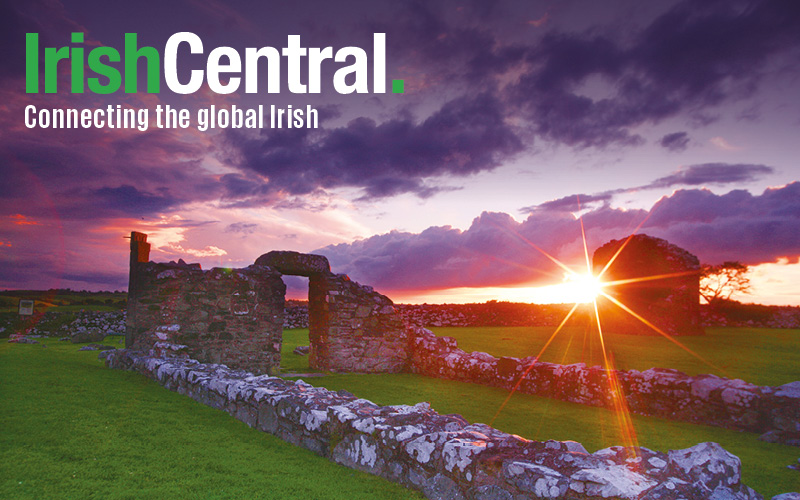Archaeologists may have uncovered a 5,000-year-old quay on the bottom of the River Boyne, near the famous Newgrange Neolithic passage grave.
Annalisa Christie, of University College Dublin, and Dr. Kieran Westley, of the University of Ulster, carried out the sonar study at the end of February.
The scientists made the discovery close to the Brú na Bóinne complex in County Meath, which contains about 100 Neolithic monuments, including the passage graves at Newgrange, Dowth, and Knowth.
Brú na Bóinne is one of the most important Neolithic sites in the world and it looks as though scientists have made yet another discovery close to the historic area.
Christie and Westley held a conference back in February called The Pleasant Boyne where they briefed attendees about their new findings, the Irish Times reports.
Christie told the conference that they had discovered "features that were clearly manmade" underneath the surface of the River Boyne over a ten-kilometer stretch of the river.
She said that there was an underwater structure that could have been a quay to dock boats.
"A strong linear feature that was clearly a subsurface continuation of a wall in the river bank which could possibly have been used as a quay."
Read more: As important as Newgrange or Tara - an ancient Irish site you’ve never heard of
Christie and Westley also found evidence of log boats on the bottom of river in addition to the remnants of an ancient weir, which is a low underwater dam that alters the flow of a river.
Christie told the conference that their findings pointed to the River Boyne being a key artery of travel in Neolithic Ireland.
She told the conference that the river provided the easiest means of travel for Ireland's ancient population and helped them navigate and transport supplies through what was then a heavily wooded area.
She additionally claimed that the river could have even connected the Boyne Valley settlers with Wales and Scotland.
Tom Condit, of the National Monument Service, said that the river might have been used as a processional route during religious festivals and other events. He said that Neolithic monuments were often laid out to control direction on ritual routeways and said that Christie and Westley's recent find indicates that something similar happened in Brú na Bóinne.
Brú na Bóinne continues to provide a treasure trove of information and ancient monuments for archaeologists and historians and the chance of finding new sites in the complex remains quite high, according to Irish historians.
Read more: Monument aligned with winter solstice among 40 newly discovered near Newgrange




Comments